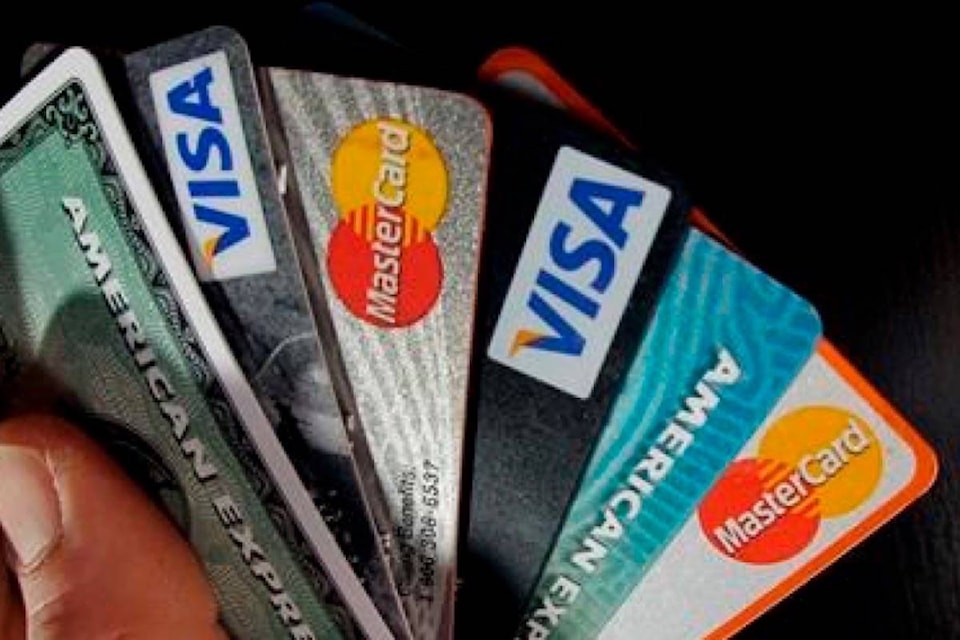It’s one of the most common questions financial advisers hear: should I prioritize paying down debt or building up savings?
Americans have a cozy relationship with debt — student loans, credit cards and car loans are commonplace. The Federal Reserve said that consumer borrowing rose $24.5 billion in May alone to hit almost $3.9 trillion. And that doesn’t include mortgage or real estate-secured debt, like home equity lines. Add rising interest rates to that mix and you’ve got quite the budget burden.
Debt can help advance your life, for example by paying for an education to get a job or buying a car to get to work. But paying it back also uses up money that could be set aside for emergencies, retirement or other expenses. Research shows most Americans are ill-prepared to face a minor financial hiccup, let alone the cost of retirement.
So how do you meet these competing demands? We talked to a few financial experts for their tips.
ASSESS
First, take a good look at what you’re up against. How much debt do you have and at what interest rates? How much savings do you have? Other questions to consider, according to SoFi certified financial planner Alison Norris, include: are you only making minimum payments? Are your finances a source of stress in your life?
Then look at your budget - knowing how much money you have to work with will help you figure out what is feasible moving forward, said Charlie Bolognino, a certified financial planner in Bentonville, Arkansas. The budget is the key to unlocking solutions.
“We hear we are supposed to do all these things with money — save it, spend it, invest it and get out of debt — but there’s only so much money to go around,” said Bolognino.
PLAN
Come up with a strategy you can stick with.
A successful plan will address both debt and savings in concert, to make the most of the money you do have. It’s not about focusing on one issue then moving on to the next, but rather a matter of determining where your spending priority is, said Bruce McClary of the National Foundation for Credit Counseling.
A rule of thumb is to allocate 20 per cent of your take-home pay to savings and debt payments. How you divvy that up will depend on your priorities.
One thing the experts agree on: make emergency savings a top priority. Don’t worry about getting several months of savings set aside. Even $500 can provide peace of mind. This allows you to handle life’s unexpected emergencies, like a car repair or lost cellphone, without further running up debt.
Tackling your highest interest rate debt needs to be near the top too. The average interest rate on credit cards is around 17 per cent and more interest rate hikes are anticipated in the near future, according to McClary. Compare that to the single-digit interest rate you might get from a standard savings account and it’s an easy decision.
“It’s the best time ever to not carry a balance,” he said.
Calculate how long it will take to pay off your debt — knowing that date will remind you there’s light at the end of the tunnel.
Then think about your lower-interest rate debt like federal student loans. While it may be tempting to turn your back on longer-term savings, don’t - that is just trading today’s financial ruin for another down the road. Don’t overlook opportunities for workplace retirement savings accounts, particularly if your employer matches your contribution. Failing to give at least the amount up to that level is like leaving money on the table, said Paul Golden of the National Endowment for Financial Education.
Some employers may have additional benefits to help with saving or paying down student loans. Medical device company Abbott Laboratories recently rolled out a unique program that makes a 5 per cent company contribution to the 401(k) of employees who contribute 2 per cent of their pay toward their student loans. That helps them reach both financial goals of retirement savings and student loan repayment.
If you find you simply cannot make minimum payments on your debts or have exhausted your financial options, reach out for help through a non-profit credit counselling organization.
“There’s a point when you can’t go it alone anymore,” McClary said.
